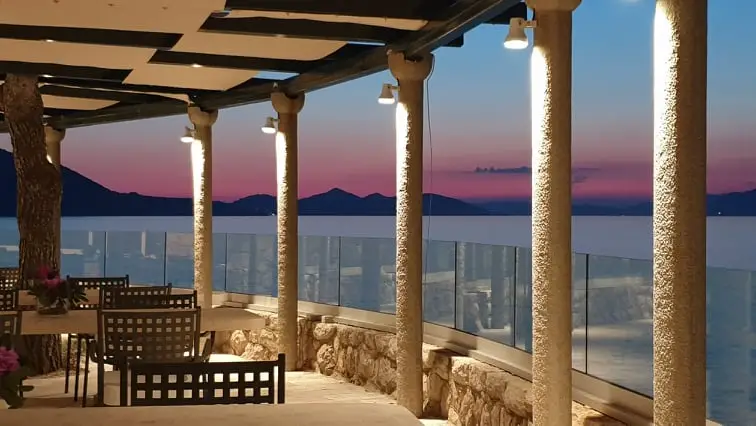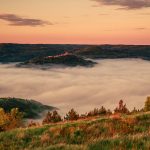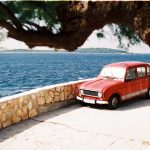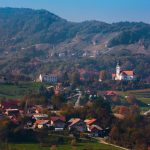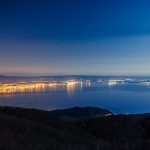April the 15th, 2024 – Ever been to the islands that lie just northwest of Dubrovnik? Meet Koločep, locally known as Kalamota. A mere 30 minutes from the hustle and bustle of mass tourism victim Dubrovnik, but a world away.
How to combine easy access to the historic old town of Dubrovnik with the timeless beauty and the relaxed nature of the true Dalmatian lifestyle? An enchanting visit to the island of Koločep, courtesy of the hospitality of TUI BLUE Kalamota Island Resort.
There are many perceptions about Dubrovnik, also known as the Pearl of the Adriatic by some, more recently as Kings Landing by others. It is undoubtedly beautiful, a fiercely independent historic stone walled UNESCO World Heritage Site jutting out into the Adriatic. A city which has more personality, culture and history than entire countries.
But a city which these days is perceived as too crowded in summer, expensive, and one where there is not that much to do once the main sites have been visited. A 2-3 day destination.
I decided to visit Dubrovnik this week to see for myself how this majestic destination is coping in the corona era, and to see what kind of destination it is in this most unusual tourism season. After yesterday’s look at the luxury option of Rixos Premium Dubrovnik, time for a complete change of gear, as the transfer team from TUI BLUE Kalamota Island Resort arrived at the hotel reception to take me to their hotel on the island of Koločep. Along with Lopud and Sipan, Koločep is the closest of the three Elafiti islands which lie just a short ferry ride from the historic city.
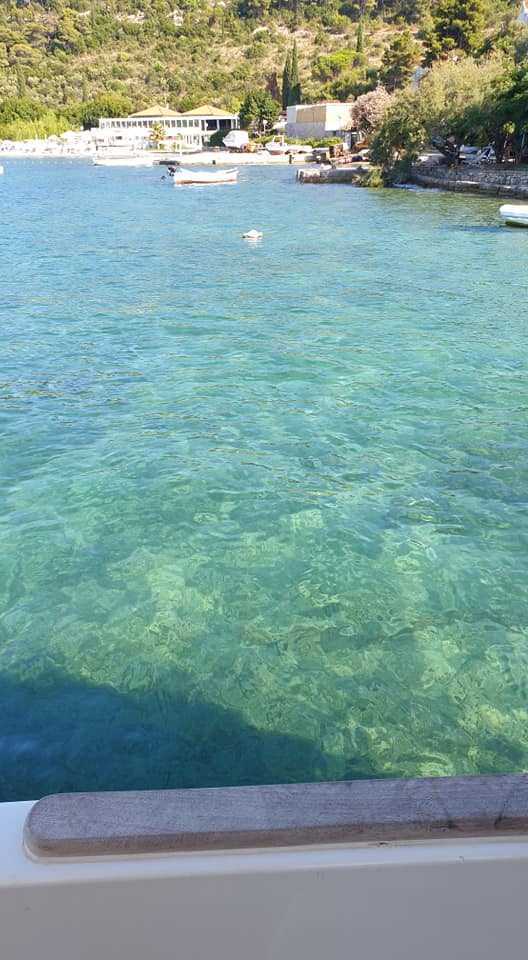
As an adopted island boy after 13 years on Hvar, I find that every Croatian island I visit has a unique feel to it, and I was looking forward to discovering what Kolocep had to offer on this, my first visit to Elafiti.
I knew little about the island and deliberately did not research it before arriving, as I wanted to discover it properly. I knew only that there were no cars on the island and it was the last inhabited island in Croatia to the south. And as soon as I mentioned I was going there in Dubrovnik, I realised I was not even sure I was calling it by the right name.
“Ah, Kalamota is really beautiful and relaxing. You will have an excellent time.”
Kalamota? Kalamota, I quickly learned, is the local name for the island, whose origin is in the island’s fishing tradition. And it is much more common to hear it called Kalamota than Kolocep (pronounced ‘Kolochep’). But locals refer to both.
It mattered not – look at those enticing waters as we approached. This was going to be quite a stay.
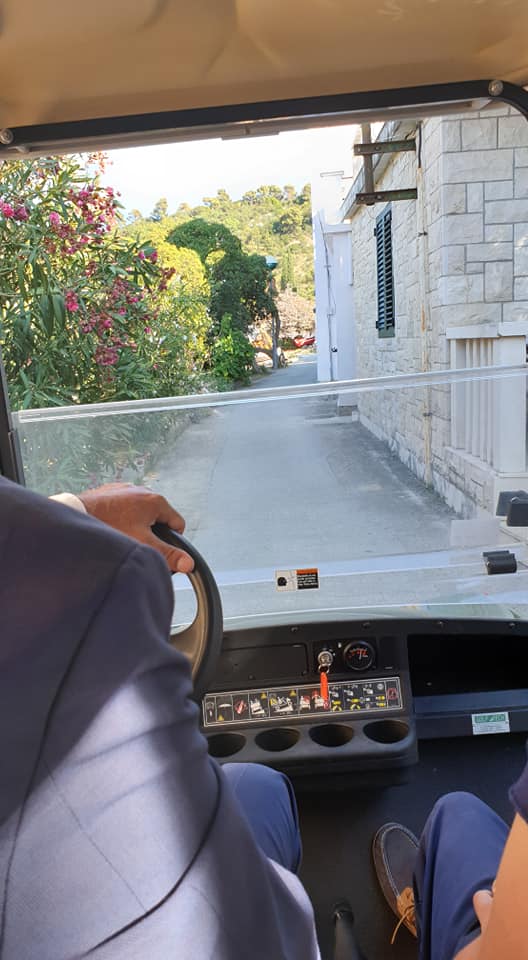
Although there are no cars on Kalamota, there are roads – narrow ones – and golf carts. The welcoming committee was awaiting my arrival, and we were soon on our way.
“We have to go very slowly here,” explained General Manager Ivo, “for there are six little kids playing.”
And so there were.
I liked that. This was a community island, where everyone was looking out for the other.
And just 30 minutes by regular ferry – four times a day in season – from the port of Dubrovnik in Gruz.
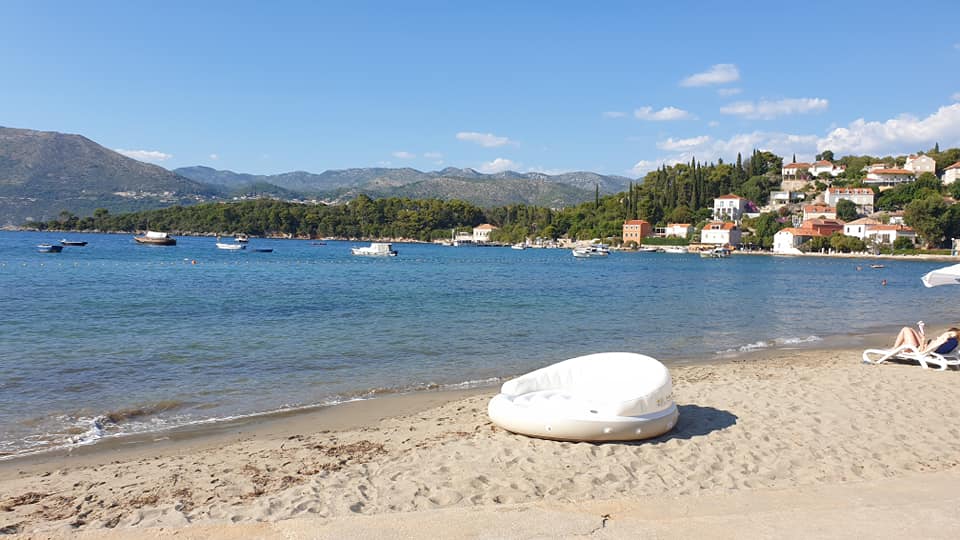
There were some rarities – a sandy beach in front of the hotel, a reasonably rare sight in Croatia.
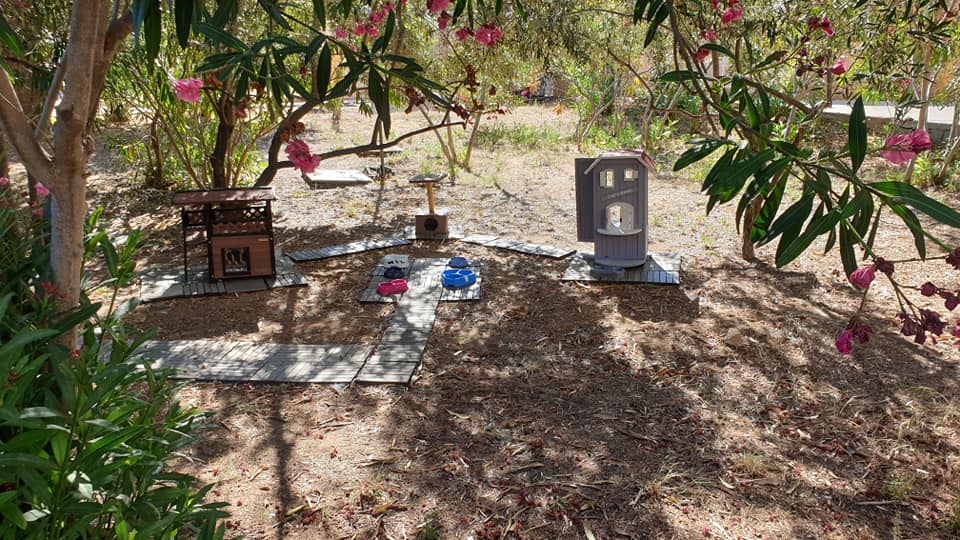
And something even rarer in the hotel grounds – a cat hotel, put together by the hotel to keep the cats away from the hotel, as well as a place that guests could come to feed them.
A nice touch, and nice touches were everywhere on Kalamota. I was already in zen mode and I had only been here 10 minutes.
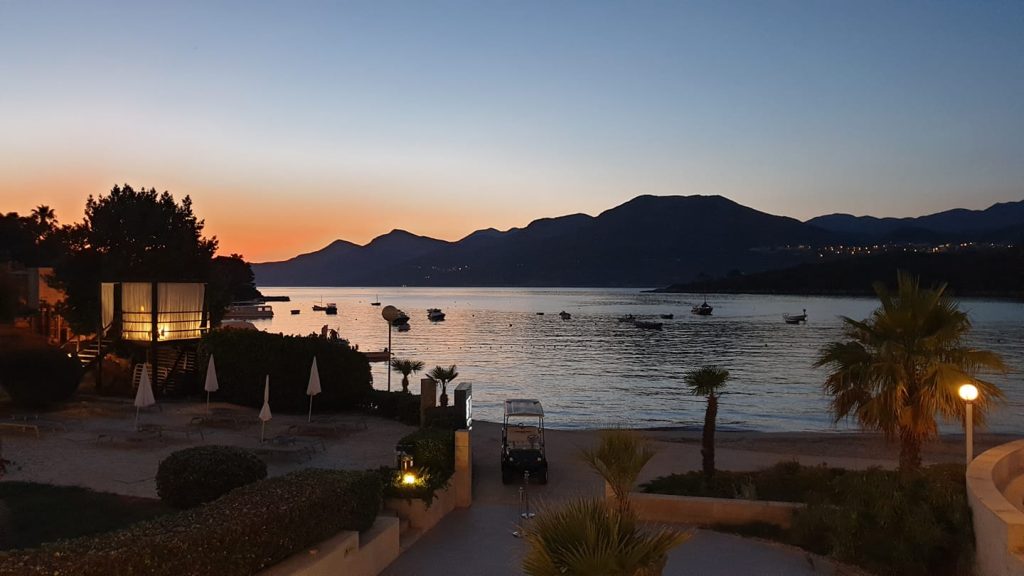
And so the sun set on another perfect day in Dalmatia. Only this time, I had a view like this, a view I posted on Facebook with the words – If you don’t hear from me for 3 months, I will be here.
And a slight moment of panic set in. How would I possibly be able to tear myself away from this idyll for a long drive back to Varazdin in two days?
But that was a concern for later, for it was time to enjoy the present and the truly fabulous views, comprehensive buffet and barbecue, with some relaxing live music provided by the hotel.
I was amazed that it was 40% full even during some very challenging times, with Dubrovnik essentially a flights only destination. Even more so when I learned that its almost exclusive client is part-owner TUI UK. TUI UK wasn’t sending anyone to Croatia that summer, so full credit to the Kalamota team to be able to re-orientate and get any guests at all. Even more so when I learned that the average stay in the hotel so far is an astonishing 8.5 days. But then, how could you possibly think of leaving this paradise once you enter? And several guests had already prolonged their stay.
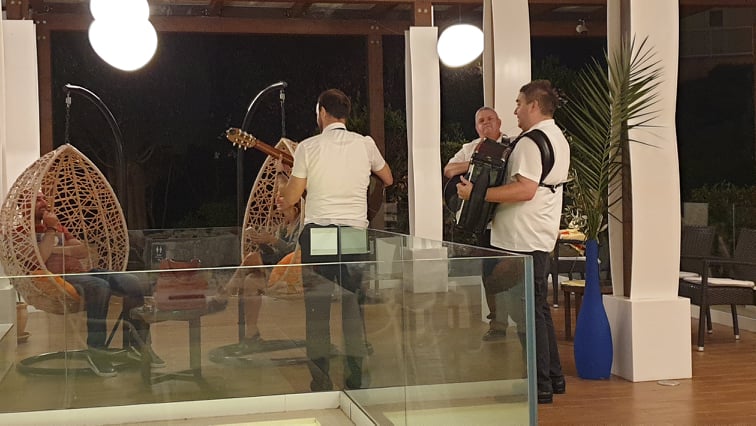
One nice touch at the end of dinner is that the (very talented) singers go from table to table, serenading each guest with a song from their own country.
A lovely start to island life, and I went to bed in good cheer, to the soothing tunes of the abundant cicadas.
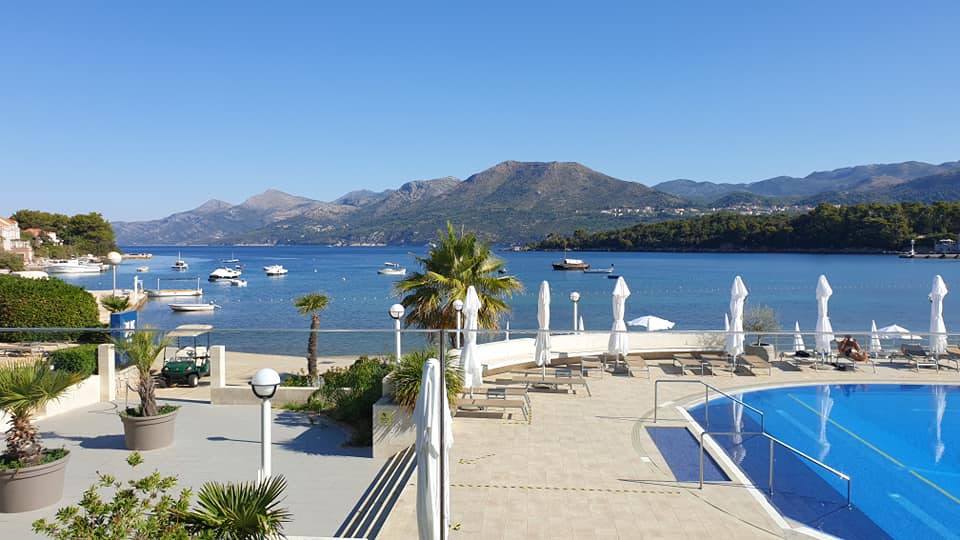
The breakfast view. Nothing more to add.
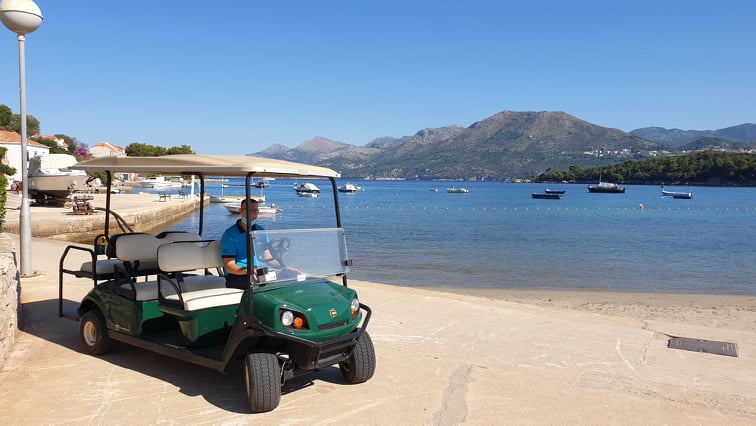
GM Ivo, a man with over 30 years experience in tourism in Dubrovnik, was fast developing into my favourite new best friend, and he suggested an island tour. An island tour on an island with no cars – this should be interesting.
I had no idea just how interesting it was going to be, as my golf cart and chauffeur awaited.
A carefree start to the day, the wind in my hair (if I had any hair) and we were off, passing the sandy beach initially, and greeting the friendly locals as we passed.
The level of maintenance for an island with no cars is INCREDIBLE – the stone walls which lined most of the route were painstakingly and very professionally erected. It was so neat and tidy, like nothing I had experienced on other islands. I was hooked – what a way to travel.
And then the surprises started. We stopped at a church. There are 15 on Kalamota, one for every 8 inhabitants these days.
“Let me show you inside the parish museum,” said my excellent guide. I wasn’t expecting much, but then THIS, above.

The churches on Koločep are sensational. What was that Bible quote – it is easier for a camel to pass through the eye of a needle than enter the Kingdom of Heaven?

I have never seen a church door that narrow. Thankfully, we didn’t have the key, or we may have had to call the emergency services to be set free. They must have drunk less beer in the 10th century.

The Church of St Nicholas (Sv. Nikola) was my favourite without a doubt, with a very impressive graveyard, whose permanent inhabitants had lived there for centuries.

Not all churches were in such a good state of repair, but there were others which also dated back 1000 years.
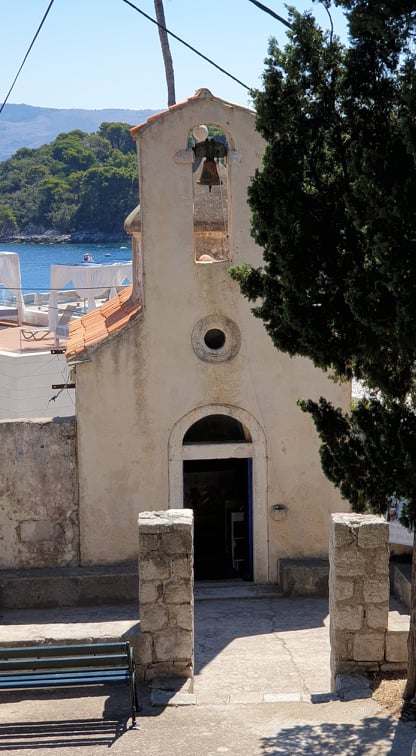
And they were all beautiful in their own way, including this one on the descent to Donje Čelo, the second of two settlements on the island.
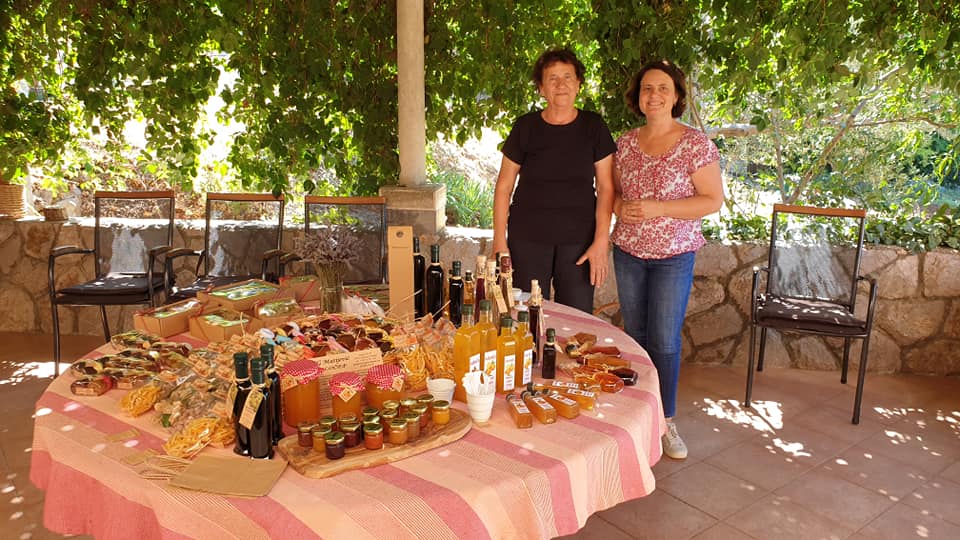
Tourism of course is about the local experience, meeting local people, learning their ways and trying their cuisine. Meet these two fabulous ladies of OPG (family farm) Matijević. Their tireless work to grow and produce local products – and they have a VERY impressive range – was one of the most enjoyable parts of the tour.
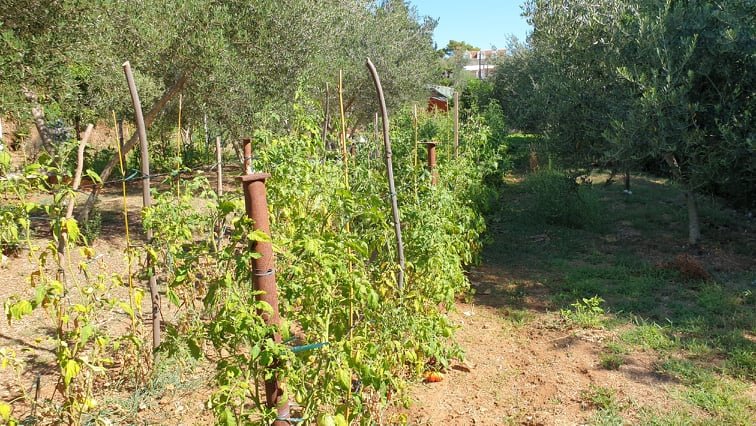
Including an extensive tour of their fields, which I can imagine is a fascinating part of the tour for those who come from cultures where food grows in supermarkets.
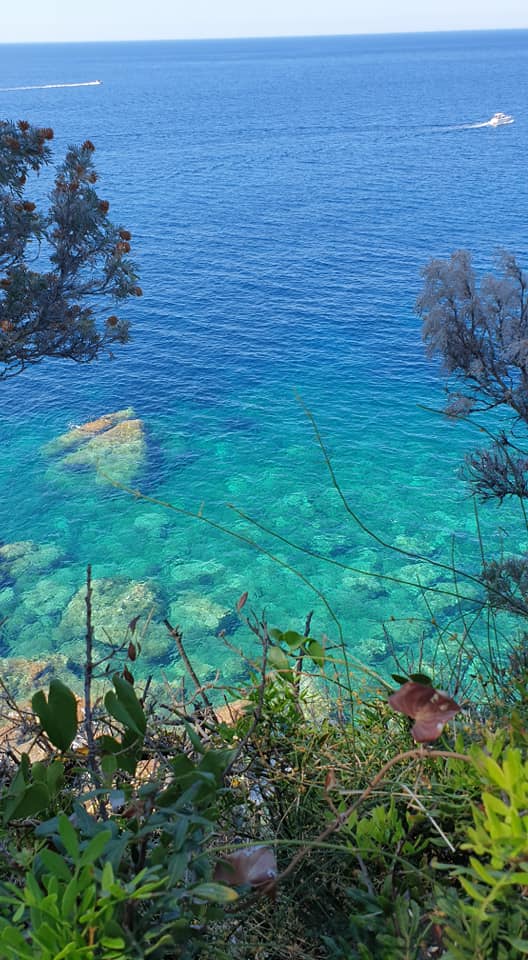
Koločep is a great hiking destination, and the hiking trails are well marked-out. The resident fire brigade keeps paths clear, and the island is very, very tidy and well looked after. And if you need to catch your breath, check out a view like this one. They are everywhere.
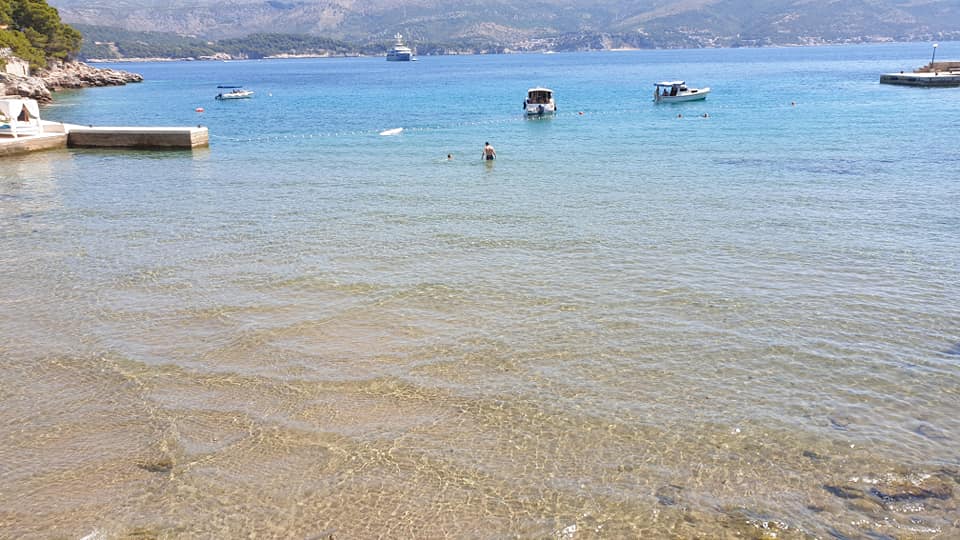
Another village, another sandy bay for swimming. Idyllic for young families.
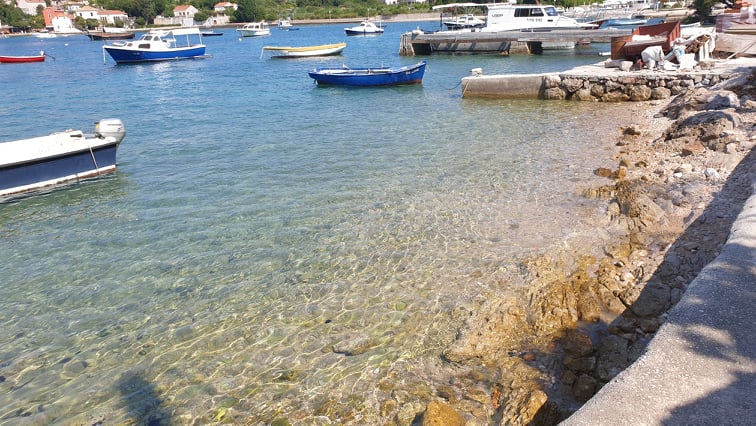
Just 30 minutes from Dubrovnik by ferry. Enjoy the big city perhaps twice a week, then chill. The perfect combination. Many locals do the same.

There may be no cars, but that doesn’t mean there are no traffic jams. Rush hour on Koločep.
Just 30 minutes from Dubrovnik’s port by ferry – and yet an entire world away.


